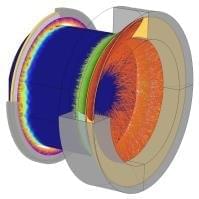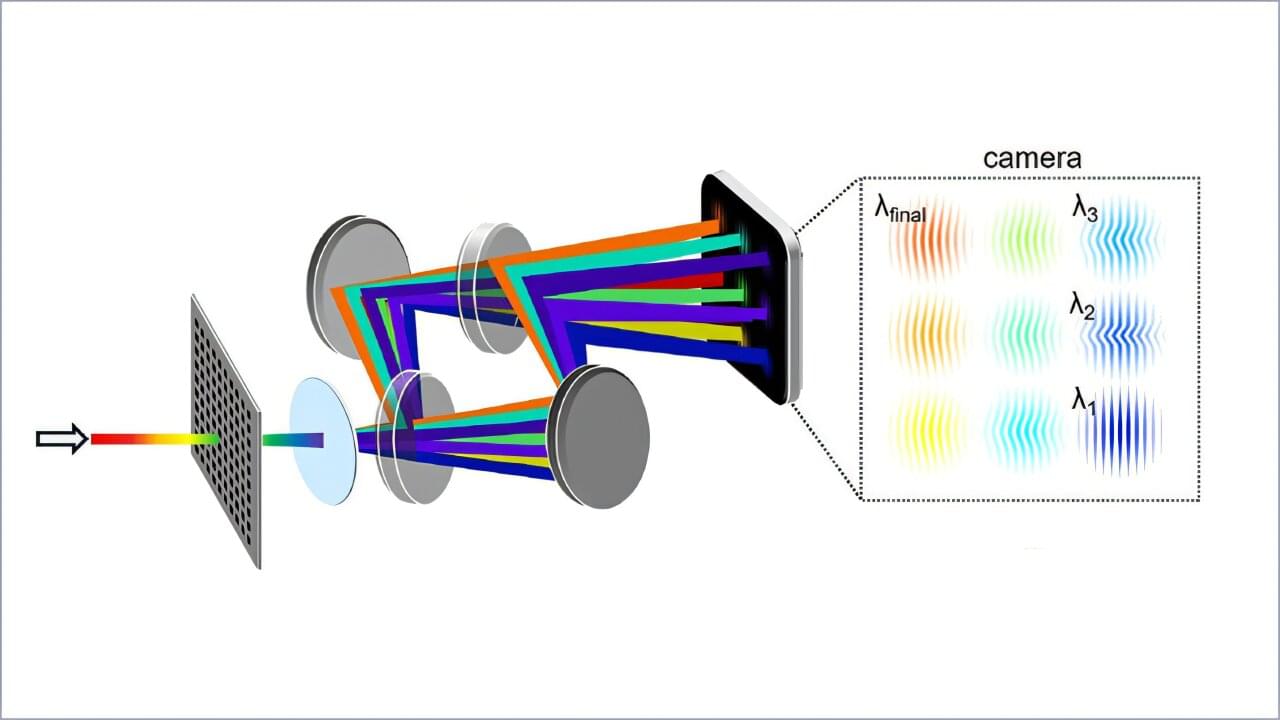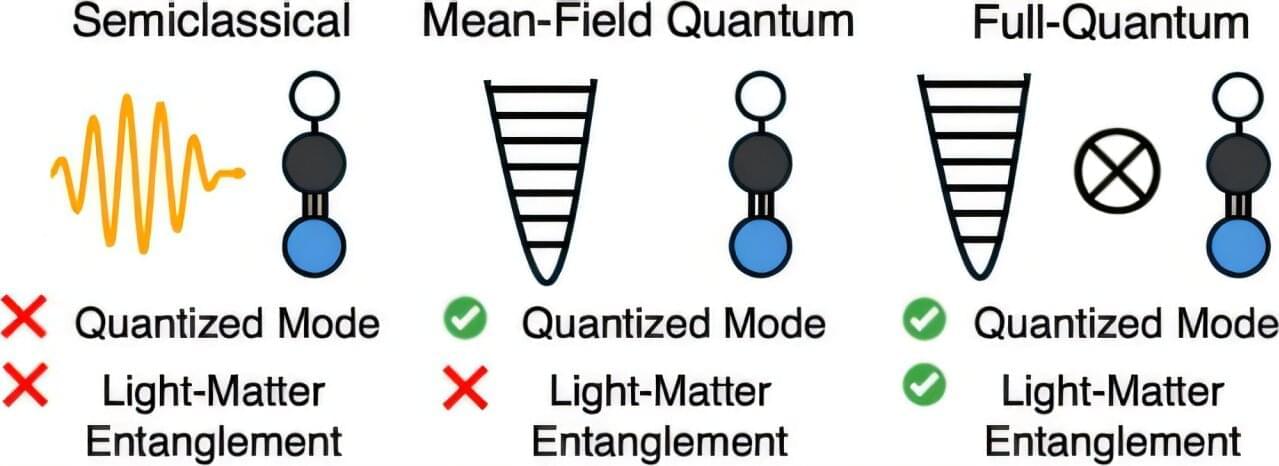In the last decade, the Laser Interferometer Gravitational-Wave Observatory (LIGO) and the European Virgo Observatory have opened a new observational window on the universe. These cavity-enhanced laser interferometers sense spacetime strain, generated by distant astrophysical events such as black hole mergers, to an RMS fluctuation of a few parts in 1021 over a multi-kilometer baseline. Optical advancements in laser wavefront control are key to advancing the sensitivity of current detectors and enabling a planned next-generation 40 km gravitational wave observatory in the United States, known as Cosmic Explorer. We report an experimental demonstration of a wavefront control technique for gravitational-wave detection, obtained from testing a full-scale prototype on a 40 kg LIGO mirror. Our results indicate that this design can meet the unique and challenging requirements of providing higher-order precision wavefront corrections at megawatt laser power levels while introducing extremely low effective displacement noise into the interferometer. This technology will have a direct and enabling impact on the observational science, expanding the gravitational-wave detection horizon to very early times in the universe, before the first stars formed, and enabling new tests of gravity, cosmology, and dense nuclear matter.






